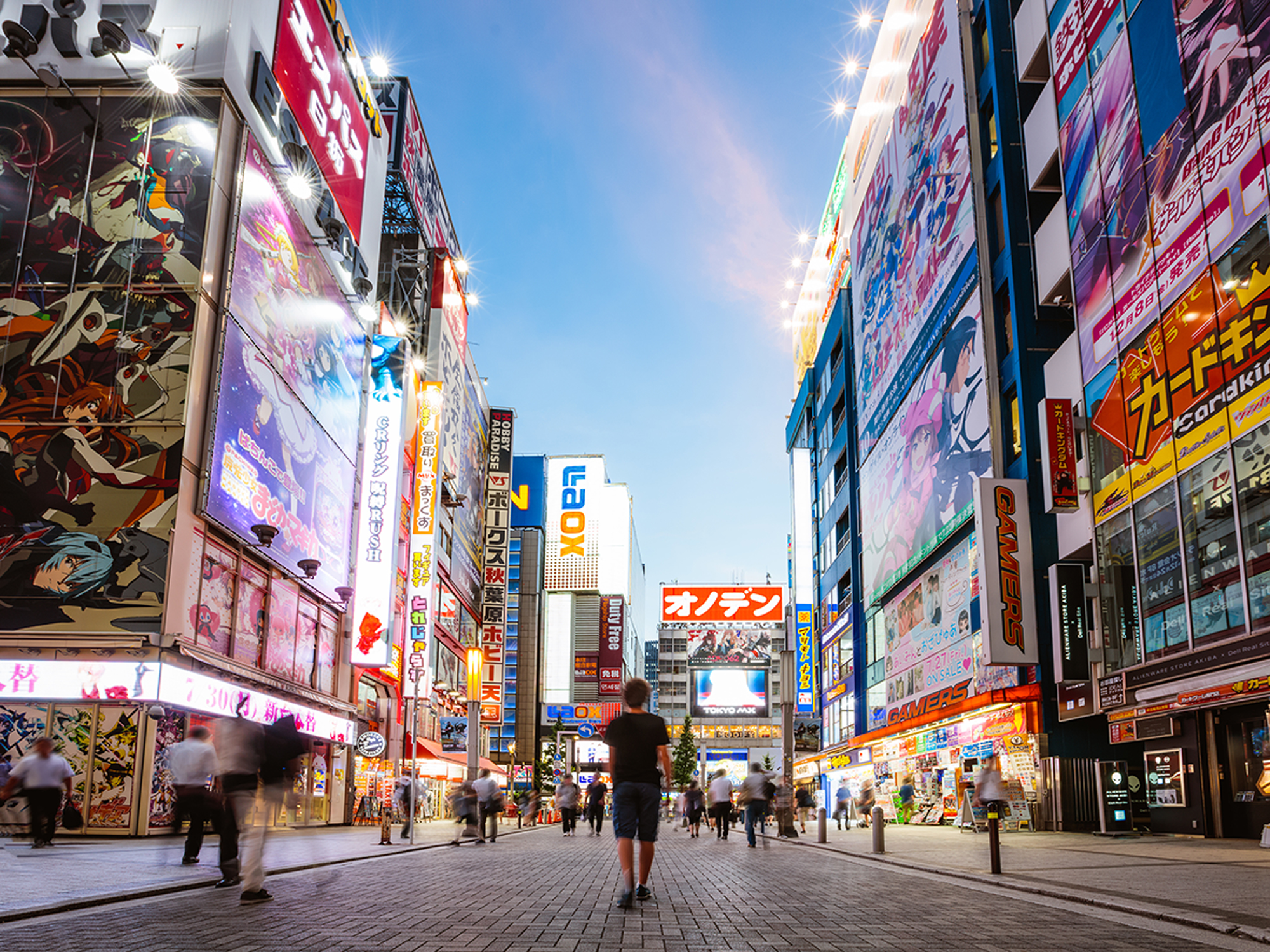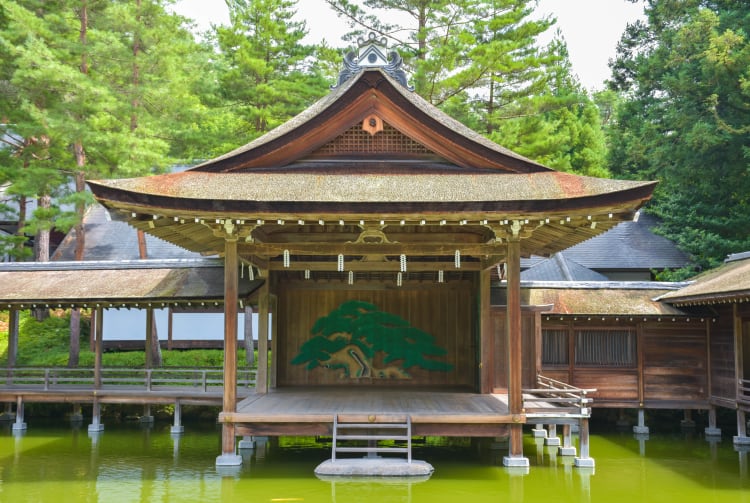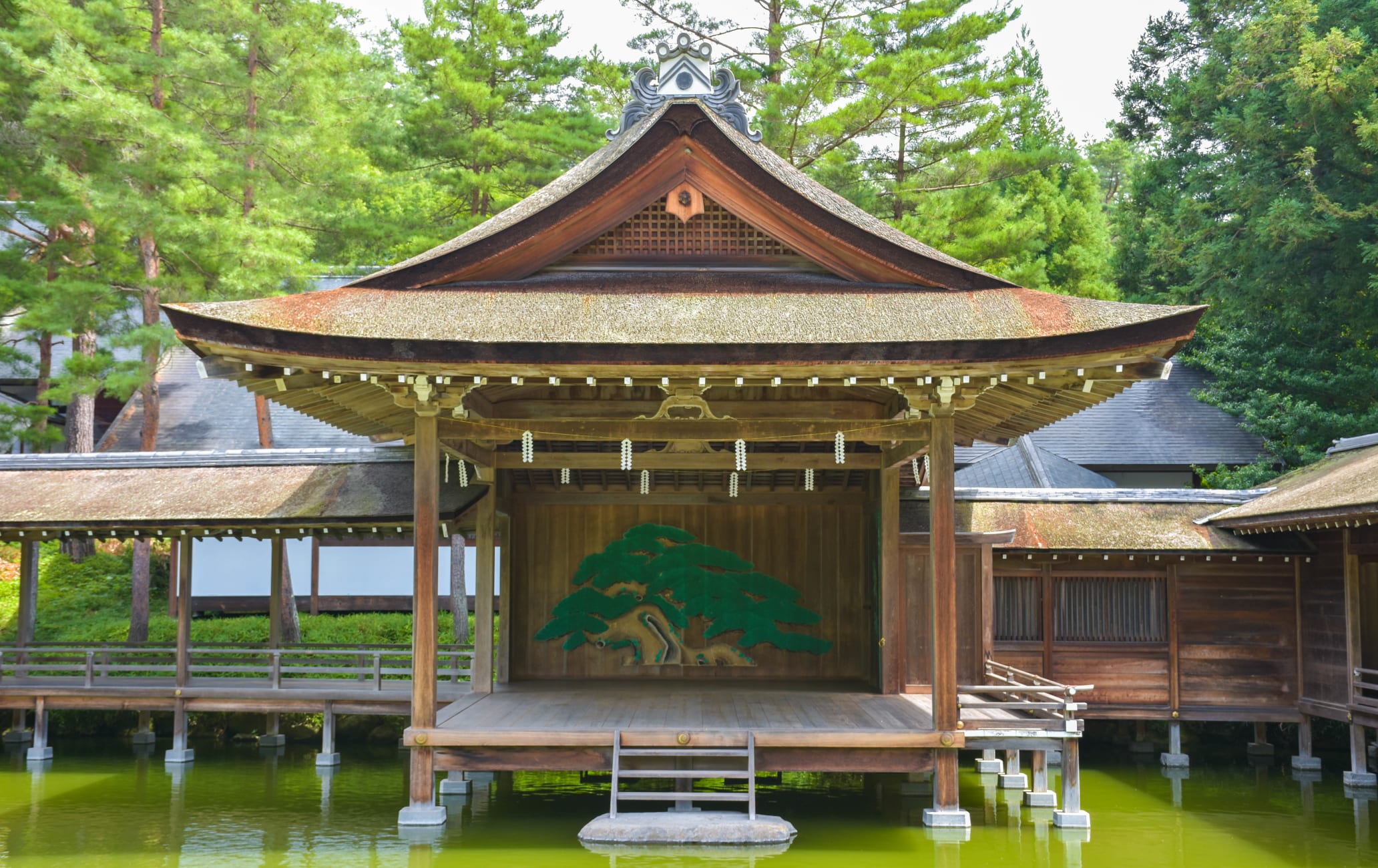A shrine that conveys the traditional Japanese Shinto
Misogi Shrine is located on the Kobuchisawa Plateau, which stretches out over the southern foot of the Yatsugatake Mountains. With views of Mt. Fuji to the east and Mt. Kai-komagatake centered against the Southern Alps to the south, some shrine complexes are spread throughout this magnificent natural setting. This shrine continues the practice of “Misogi,” an ancient ritual that purifies both body and soul rooted in Koshinto(the traditional Japanese Shinto), religion that honors nature and respects life.
Don't Miss
- Observe the simple beauty of Main shrine hall with Shinmei Structure architecture
- Receive the purifying Misogi purification
- Participate in the Kasho fire ritual where wishes are written on wooden planks, purified in fire, and conferred to the gods
How to Get There
Misogi Shrine is accessible from Tokyo by train.
If traveling from Shinjuku stations, it takes 2 hours by the limited express train on the JR Chuo Main Line to Kobuchizawa Station. It's a 5-minute taxi ride from the station.
Quick Facts
Main shrine of Koshinto, the traditional Shinto religion that continues the spirit of Misogi in Japan
Amaterasu Omikami (goddess of the Sun) the highest deity in Japanese Shinto, and Masakane Inoue, an important figure in the Shinto religion are enshrined here
The “Yatsugatake Takigi Noh” performance is held in the Nohgaku-den at night every year on August 3rd
A shrine that passes down Koshinto religious practices at the foot of Mt. Yatsugatake
The predecessor of the Misogi Shrine was the Inoue Shrine in Ueno, Tokyo, which was dedicated to Masakane Inoue (1790-1849). Masakane Inoue inherited the ancient Japanese folk religion of Koshinto, which honors life through that honors nature, and proliferated the practice of Misogi—the purification of body and soul. The shrine was renamed Misogi Shrine in 1986 and relocated from Tokyo to the foot of Mt. Yatsugatake, where it continues to pass down his teachings. After the relocation, a number of shrine complexes were built in the image of “Takamagahara”: the world where the gods of Japanese mythology reside.



The Main shrine hall built in the beautiful Shinmei Structure style
Three shrines are lined up behind the Haiden. In the very center, Amaterasu Omikami, the highest deity in Japanese Shinto is enshrined. The buildings are constructed in the Shinmei Structure architectural style—the same style of architecture found at Ise-jingu Shrine. The solemn atmosphere of in the halls helps purify the hearts of worshippers, lending them a feeling of virtue in sync with nature.
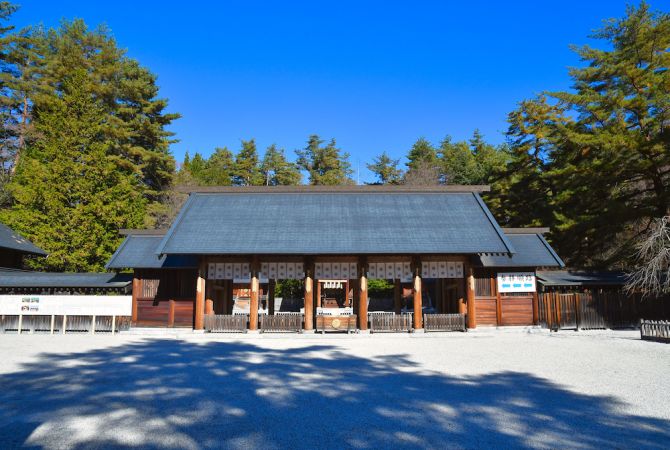

“Misogi” means to reflect on oneself and cleanse the body and mind
It is said that this ancient practice is a way of opening a path to a clean mind and pure soul, freeing oneself from all manners of material bondage. The Zuisho-gu, a spacious training hall built to pass on Koshinto practices on shrine grounds, allows visitors to experience and participate in the Misogi ritual for themselves over the course of two days and one night.
Please check the official website for more details.
All are able to experience the Misogi purification rite in the Misogi-den by advance reservation
Clear stream water flows from a waterfall that empties into a pond in front of the Noh stage. The Misogi-den, built to float in the middle of this stream, manifests the image of the mythical Shinto deities performing the Misogi rite in this stream. The hall space is constructed only from natural materials—with cypress pillars and hemp cloth walls, its interior is ever-filled with clear, running stream water. Visitors are permitted to enter this space only during the one-hour purification prayer. The Misogi purification rite is very unique and is said to cleanse the soul of burdens, leading to a richer and happier life.


The Kasho-den (Fire Hall) and Suisho-den (Water Hall) purify evil and impurities with the power of fire and water
In the ancient teachings of the Koshinto traditional Shinto religion, it is believed that the gods take the form of fire and water. The Chinese characters for fire (火) and water (水) can be pronounced “ka” (fire) and “mi” (water), which sounds identical to the Japanese word for God “Kami” (神). In accordance with this belief, the Kasho-den (Fire Hall) enshrines a sacred fire as its main deity. This fire is lit once per year by the rays of the sun and is kept burning for the entirety of the year. At 2 PM on 2nd, 12th, and 22nd of each month, a Shinto ritual is held to pray to the sacred fire for good fortune and ward off evils. Visitors can also participate and witness this ritual. If visitors cannot be present at that time, they are able to write their wish on a Wooden Prayer Stick and offer it to the shrine where it will purify in the sacred fire during the ritual.

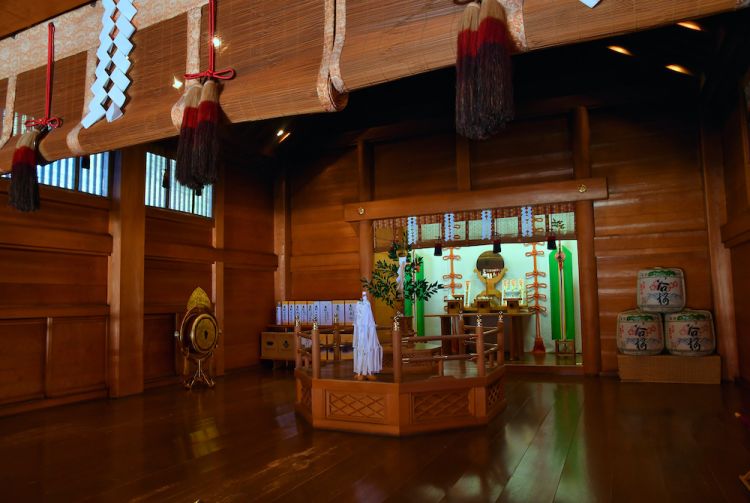


In the Suisho-den (Water Hall) on the other hand, water is enshrined as the main deity. The hall is enshrined in a well that is the source of sacred spring water, purified for over 80-year deep underground beneath the Yatsugatake mountains range.
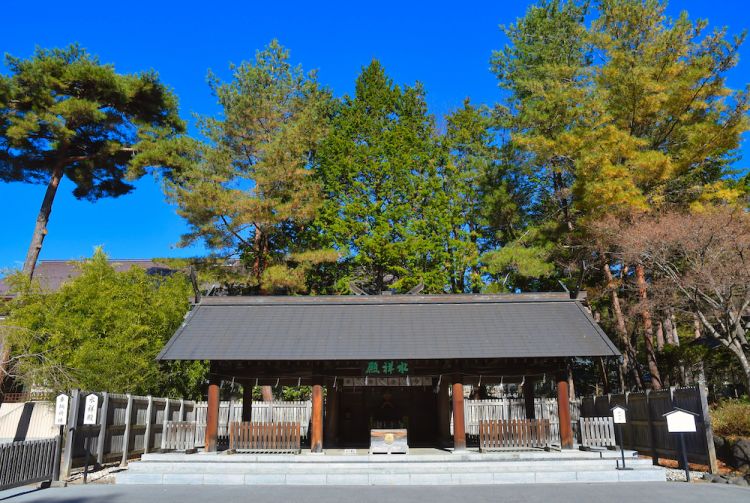


“Yatsugatake Takigi Noh” performance at Nohgaku-den every year on August 3rd
Shrines often have a Kagura-den—a stage for performing ceremonial dances dedicated to the Shinto deities. The Kagura-den at Misogi Shrine is a full-scale Noh theatre: the Nohgaku-den. Noh is a part of traditional Japanese culture with history dating back over six centuries. The Nohgaku-den stands atop a sacred pond filled with pure water. The reflection of the building on the water's surface evokes a beautiful image, as if a phoenix were standing with its wings outstretched. When Noh plays are performed, the sound emanating from the stage resounds off the water's surface and is amplified. The “Yatsugatake Takigi Noh” performance is held on August 3rd every year, as a Yoimiya ritual on the eve of the annual main festival. The beautiful combination of Noh actors' voices, flutes, and drums reflected on the surface of the pond invites the audience into a world of ethereal beauty.

Visitors can choose an amulet at the Conferment Window or rest at the Yojokan for a relaxing shrine visit
At the conferment windows, guests can choose from a variety of amulets, write their wishes on “ema,” votive picture tablets, and hang them up, or draw “omikuji” fortune slips. Guests can also choose to commemorate their visit with a “goshuin” red-ink stamp.


A variety of souvenirs, and snacks such as zenzai (red bean soup with mochi rice cakes), anmitsu (jelly cubes) and warabimochi (bracken-starch mochi with sweet soybean powder) are available at the Yojokan on shrine grounds, where visitors can stop for a rest.


Plenty of local amenities
If you're visiting Misogi Shrine, why not stop by the nearby Suntory Hakushu Distillery ? Heidi's Village and Makiba Park are also great locations suited for the whole family.

















































